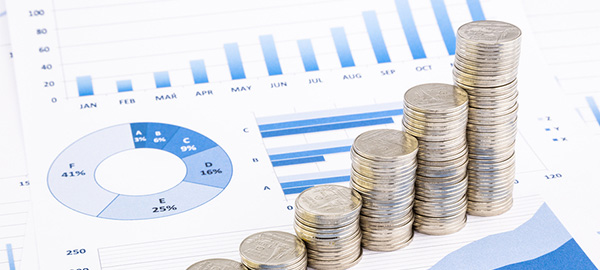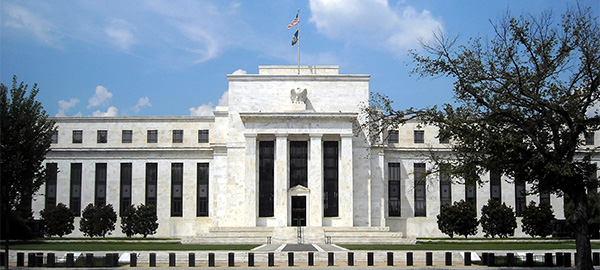
When evaluating the market prices for precious metals in today’s financial markets, there are always a number of basic trends and factors that an investor must consider. These include demand for the metal in industrial and other uses, such as jewelry. Additionally, world conditions, costs of mining, and general local and global economic conditions of expansion or contraction all impact short-term and intermediate-term pricing of precious metals. However, one major factor that is critical to understand relative to both short and long-term price expectations is that of inflation.
Why Inflation Matters
Inflation is one of the primary economic factors that determines the real purchasing power of paper money. History has repeatedly shown that those who seek to protect the true value (purchasing power) of their assets will turn to gold as a hedge against the erosion in that value. With the increasing emphasis on diversified portfolios, a large base of investors now appreciates the importance of holding gold.
For some time over the past decade, the concerns over increased inflation, even hyperinflation, has played a major role in an ongoing rise in gold prices. In fact, most economists of all stripes admit that the ongoing financial deficits of virtually all developed nations, as well as printing presses running 24/7 to fuel economies with paper money, point to an inevitable increase in inflation.
The Role of the Fed, the Presses and the Media

For a period starting in 2007, the world seemed to be going to hell in a hand basket of failed national economies. With country after country seeking bailouts and the U.S. mired in the “Great Recession,” significant increases in inflation seemed to be an economic given. The media played a role in this perception, and, as noted, the presses of the U.S. Treasury were turned on at full speed to accommodate the Fed’s concept of “quantitative easing.”
However, the world media has turned its attention elsewhere as the evident, near-term crises have receded from critical to “merely” very dangerous. Likewise, the Fed has continued its efforts to limit the impact of inflation, and has been surprisingly successful in this effort. In fact, recent news that the Federal Reserve is ending quantitative easing has also dampened the concern over the risks of near-term inflation.
In announcing the end of purchases of Treasury debt at the end of October, demand for gold took another hit in the neighborhood of nine percent. In fact, the senior market strategist at EverBank Wealth Management, Chris Gaffney, stated, “Inflation does not seem to be a concern at the moment.”
The short-term effect of this announcement and reduced fears of inflation placed the price for gold for immediate delivery at $1,182.68 an ounce, according to Bloomberg. However, in addition to the fundamentals that helped drive the price up, the specter of significant inflation remains. The market still faces the same fundamental issues of government cumulative deficits and ongoing runaway spending. In fact, according to Bloomberg, global debt has soared by a nearly incomprehensible 40 percent to more than $100 trillion since the first signs of the financial crisis in 2007.
Total borrowing by governments throughout the world has continued to soar, all to create artificially low benchmark interest rates. This short-term solution has unavoidable long-term consequences, and virtually all economists agree that one of the major impacts will be an increased rate of inflation. Both the mid- and long-term effect of this inflation will erode that most basic of financial indicators: the purchasing power of paper money. As has happened for centuries, many investors will likely return to gold as a long-term store of wealth.

